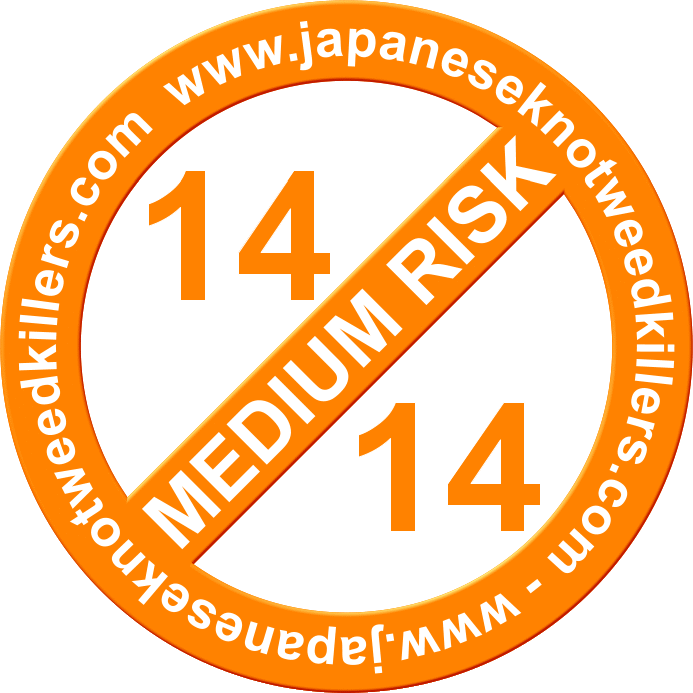

Ireland: Kerry - Dublin - Cork - Waterford - Roscommon - Galway - Belfast
UK: London - Manchester - Newcastle - Cardiff - Liverpool


Invasive Species Information

What Is African woodsorrel - (Oxalis pes-caprae)?
Habitat: Terrestrial
Distribution in Ireland:
Status: Established
Family name: Oxalidaceae
Common name/s: Bermuda sorrel, buttercup oxalis, Cape sorrel, English weed, goat's-foot, sourgrass, soursob and soursop
Reproduction: African woodsorrel is a heterostylous species, with at least three forms known globally. The forms are not easily cross-pollinated and are not self-compatible.

African wood sorrel flower
Only the short-styled form is common in Europe, which means that plants do not produce seeds and must rely on vegetative reproduction.

Indigenous to South Africa, African woodsorrel, is an invasive species and noxious weed in many parts of the world.
Flowers are actinomorphic, with five separated or slightly fused sepals, a sympetalous corolla composed of five fused petals, an apoandrous androecium composed of ten free stamens in two ranks, and a compound pistil.
African wood sorrel leaf
A short perennial herb forming large clonal colonies reproducing by annual bulbs. Flowering takes place between January and March, and is synchronous across the colony, producing spectacular displays of 1-5 pedicels with large cup-shaped bright yellow flowers with 5 yellow petals. Plants die back by late spring.
Most African woodsorrel species produce subterranean propagules. These take the form of 'true bulbs' in botanical terms, which is unusual among dicotyledons.
Oxalis pes-caprae produces small bulbs copiously, whereas most other African species produce fewer, larger bulbs. New world Oxalis, such as Oxalis corniculata, generally appear not to produce bulbs.
Bulbs can easily be dispersed by agricultural activity. Bulbs can also be washed along gullies in rain or stream water.
How To Identify African woodsorrel?

African wood sorrel Flowers
Leaf: Olive green with dark purple speckles and fine hairs at margin.
Flower: Bright yellow with 5 petals
Stem:
Fruit:
Seed:
Root: brown / cream coloured roots and bulbs

African wood sorrel bulbs

African wood sorrel root
Why Is African woodsorrel A Problem?
African woodsorrel is an alien (non-native) invasive plant, meaning it out-competes crowds-out and displaces beneficial native plants that have been naturally growing in Ireland for centuries.
It can suppress other ruderal weedy species. This is a serious problem where the arable flora is of conservation value, as over much of the Mediterranean old fields.
The leaves contain large quantities of toxic oxalates, and in grassy areas the species can therefore be a danger to livestock. Significant losses of cattle and sheep have been recorded from some pastoral regions.
In annual crops, it can be a significant pest, reducing yields and becoming a nuisance during harvesting.
European Communities (Birds and Natural Habitats) Regulations 2011 non-native invasive plant species A-Z (Updated 2017)
There are currently 35 invasive plant species listed in the European Communities (Birds and Natural Habitats) Regulations (annex 2, Part 1)...
Click on a species from the following list to find out more regarding non-native species subject to restrictions under Regulations 49 and 50.
-
American Skunk-Cabbage - Lysichiton americanus
-
Brazilian Giant-Rhubarb - Gunnera manicata
-
Broad-Leaved Rush - Juncus planifolius
-
Cape Pondweed - Aponogeton distachyos
-
Cord-Grasses - Spartina (all species and hybrids)
-
Curly Waterweed - Lagarosiphon major
-
Dwarf Eel-Grass - Zostera japonica
-
Fanwort - Cabomba caroliniana
-
Floating Pennywort - Hydrocotyle ranunculoides
-
Fringed Water-Lily - Nymphoides peltata
-
Giant Hogweed - Heracleum mantegazzianum
-
Giant Knotweed - Fallopia sachalinensis
-
Giant-Rhubarb - Gunnera tinctoria
-
Giant Salvinia - Salvinia molesta
-
Himalayan Balsam - Impatiens glandulifera
-
Himalayan Knotweed - Persicaria wallichii
-
Hottentot-Fig - Carpobrotus edulis
-
Japanese Knotweed - Fallopia japonica
-
Large-Flowered Waterweed - Egeria densa
-
Mile-a-Minute Weed - Persicaria perfoliata
-
New Zealand Pigmyweed - Crassula helmsii
-
Parrots Feather - Myriophyllum aquaticum
-
Red Alga - Grateloupia doryphora
-
Rhododendron - Rhododendron ponticum
-
Salmonberry - Rubus spectabilis
-
Sea-Buckthorn - Hippophae rhamnoides
-
Spanish Bluebell - Hyacinthoides hispanica
-
Three-Cornered Leek - Allium triquetrum
-
Wakame - Undaria pinnatifida
-
Water Chestnut - Trapa natans
-
Water Fern - Azolla filiculoides
-
Water Lettuce - Pistia stratiotes
-
Water-Primrose - Ludwigia (all species)
-
Waterweeds - Elodea (all species)
-
Wireweed - Sargassum muticum
Additional Non-Native Plant Species identified as Medium Risk on Ireland's Biodiversity List...
Common name
Barberry
Brazilian waterweed
Butterfly-bush
Canadian-fleabane
Clover broomrape
False acacia
Garden lupin
Giant rhubarb
Hairy rocket
Himalayan honeysuckle
Himalayan knotweed
Holm oak
Pampas grass
Pitcherplant
Red oak
Rock cotoneaster
Salmonberry
Sycamore
Three-cornered garlic
Traveler's-joy
Species name
Lysichiton americanus
Antithamnionella ternifolia
Ribes nigrum
Egeria densa
Buddleja davidii
Conyza canadensis
Codium fragile ssp. tomentosoides
Pseudotsuga menziesii
Solidago gigantea
Gunnera manicata
Persicaria wallichii
Lonicera japonica
Euphorbia esula
Acaena ovalifolia
Matteuccia struthiopteris
Sarracenia purpurea
Bunias orientalis
Environment
Terrestrial
Terrestrial
Terrestrial
Marine
Terrestrial
Terrestrial
Freshwater
Terrestrial
Terrestrial
Terrestrial
Terrestrial
Marine
Terrestrial
Terrestrial
Terrestrial
Terrestrial
Terrestrial
Terrestrial
Terrestrial
Terrestrial
Terrestrial
Terrestrial
Terrestrial
Terrestrial
Terrestrial
Terrestrial
Freshwater
Terrestrial
Terrestrial
Terrestrial
Terrestrial
Terrestrial
Terrestrial
Marine
Terrestrial
Terrestrial
Terrestrial
Terrestrial
Terrestrial
Terrestrial
Terrestrial
Terrestrial
Terrestrial
Terrestrial
Terrestrial
Terrestrial
Freshwater
Terrestrial
Risk score
14
15
17
15
14
14
17
17
14
17
16
16
15
14
17
17
17
16
17
14
16
14
14
15
14
16
14
16
14
14
14
14
14
14
14
17
14
14
14
15
15
17
17
14
16
15
14
15